Talking it out
Austin Police Department, Mac students open up for a series of roundtable discussions
Austin Police Department officers work together to respond to a poster activity. The roundtable participants wrote down their perceptions of teenagers and police officers and then came together to discuss those perceptions. Photo by Bella Russo.
May 1, 2019
The divide was obvious, as it was meant to be. T-shirts clashed against uniforms, backpacks against handguns, solemn teenagers against badge-clad cops.
They gathered in the McCallum library, each side sitting in a row of opposing chairs. Less like a press conference and more like an investigation, the students asked question after question. The cops shared their stories. For two hours, the room full of students, law enforcement officers, a handful of teachers and a few cameras listened.
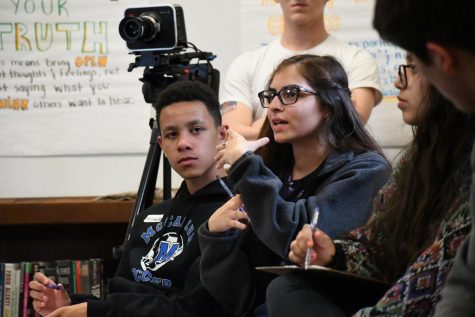
Freshmen Michealian Trachtenburg and Andrea Vazquez participate in the Monday round table with APD. Photo by Bella Russo.
This conversation, held in the McCallum library after school on Monday, April 2, was the first of three roundtable discussions between teens and police to take place at McCallum. The project is an initiative funded by the Austin Police Department in an effort to shine a positive light on the relationship between students and cops. In order to portray this relationship, APD reached out to AISD with the idea of collaborating with student filmmakers on a series of short films, and McCallum, with its impressive AV program, was chosen as the pilot school for the project.
We opened up and talked about personal experiences, and I’ve never gotten to do that before, especially during a panel.
— Officer Marcos Johnson
The project that APD first pitched to McCallum looked much different than the roundtable that was held in the library that Monday. Although the project’s intention was to be a collaboration between students and law enforcement, head liaisons Lucy Griswold and Heather Ramsay agreed that if McCallum was to participate in the APD project, there were some changes that needed to be made in order for the process to be as genuinely collaborative as possible.
“Initially, APD proposed that we create a series of videos that taught teens what to do in interaction with law enforcement,” Griswold said. “We thought that if McCallum was going to be a part of this project, we wanted to look closer at the reason why teens fear those interactions with law enforcement rather than just simply accepting the narrative that exists that teens need to act a certain way, and that’s how to smooth out the friction that exists.”
Junior Ivy Ortiz remembers seeing the public relations video that was shown during one of the first focus groups held to recruit students to participate in the project. The video showed a group of teenagers, mostly people of color, playing a basketball game. All of a sudden, a group of cops pull up to their neighborhood court. The game stops. The police officers step out of their cars and line up like in an action movie; for a second, it looks like there will trouble. Then, like magic, one of the cops picks up the basketball that one of the teenagers had let drop to the ground, and the game begins again. This video was one of the reasons that motivated Ortiz and many others to apply to be a “Safety and Inclusion Fellow” in the first place. Many of the students in the focus group had witnessed this exact situation, except it had lost all its magic in real life. In their experience, when cops showed up to their basketball games, the interactions were not always as amicable.
I want there to be a basic understanding of cops because I don’t understand them [and] I don’t trust their actions.
— junior Ivy Ortiz
“If I saw a cop, I wouldn’t start shooting hoops with them. They’re shooting kids,” Ortiz said. “It’s normally not [in cops’] interest to get invested with students, and so we need to show that this doesn’t happen. That’s not a real thing.”
The 13 students who became the project’s Safety and Inclusion Fellows said they knew that demands had to be made to make the collaboration genuine and worthwhile. Together, they began the process of reshaping the project to include the voice of its students. The structure of a roundtable, one where teens and cops would be given the platform to share their experiences and perspectives, came into shape. Griswold said that the goal was not ultimately to get the two sides to agree, only to provide each party with an understanding of the other. In an effort to amplify the voices of the teenagers participating in the project, head liaisons Lucy Griswold and Heather Ramsay stepped back and gave all control of the roundtable to students.
“Rather than create public relations content for APD, we wanted to create a documentary film or documentary short, and the goal of that was to develop understanding rather than to reconcile these differences,” Griswold said. “We changed the product from an advertising piece to a documentary film. We wanted to build a project where police and teens came as equals and where the messaging was in the students’ hands. Students set the agenda, students facilitate the conversation, and students have editorial control over what we make.”
The event opened with a poster-writing activity where the officers and students wrote down their perceptions of themselves and each other on separate posters, and then switched posters and responded to those perceptions. Then the much-anticipated roundtable conversation took flight, and the students and officers were given the opportunity, guided by student questions, to discuss their motivations, life experiences and personal beliefs.
“Everybody was relaxed and open; I felt like there were some serious barriers broken, [and] we got to express things that we normally don’t talk about,” Officer Marcos Johnson said. “We opened up and talked about personal experiences, and I’ve never gotten to do that before, especially during a panel.”
We wanted to look closer at the reason why teens fear those interactions with law enforcement rather than just simply accepting the narrative that exists that teens need to act a certain way.
— McCallum liaison Lucy Griswold
Even though the purpose of the event was to get to know the other side of the story, the fellows said they still felt it necessary to make sure that the discussion remained an accurate representation of the relationships that most teens hold with police officers. They had asked that the officers wear their uniforms, even if that meant by policy that they also had to be armed, to make it clear that they were entering the conversation as two sides: teens and police. The students also debated whether or not to even introduce themselves to the cops. When on duty, cops weren’t friends or neighbors, but badges and walkie talkies and guns. In the end, a short circle introduction was the extent of the niceties. The group also told the officers that it was OK to feel uncomfortable at times when responding to certain questions, and that they did their best to put in place a structure where everyone could talk in turn without anyone’s voice being overshadowed. All of these details were chosen by the students to ensure that all aspects of the conversation remained focused on what was important: that they develop an understanding among themselves.
The final product from McCallum’s collaboration with APD will be a student-directed documentary film from members of the AV program showcasing the roundtable conversations. Currently, there is even talk of the district renting out the Alamo Drafthouse to showcase the film. The collaboration won’t end with McCallum, though, as APD plans to use the roundtable model and its structure to other schools to allow similar discussion.
“I want there to be a basic understanding of cops,” Ortiz said, “because I don’t understand them [and] I don’t trust their actions.”
Ortiz said she hopes that through discussing and sharing their experiences with law enforcement to officers, both groups will have a greater empathy for each other. Other fellows agree that understanding why cops do what they do and why teens do what they do is important for both sides, and with this understanding comes safety and comfort and trust.
Griswold doesn’t expect that three roundtables is enough to fix the relationships between law enforcement and kids. After all, “the smartest people in the country are working to fix that problem,” she said. Instead, Griswold sees this as an opportunity for students to assert their voices in the community who might not have a platform to otherwise.
“I see this as a chance to elevate student-produced work that centers the students’ positions,” Griswold said. “And then I also think that there’s a lesson to be learned. I don’t want to downplay the potential and the possibilities of sitting down and talking things out. I think there’s power in that. I think it’s this kind of lesson in how change happens in our society that students can only get by participating in their community in a project like this.”



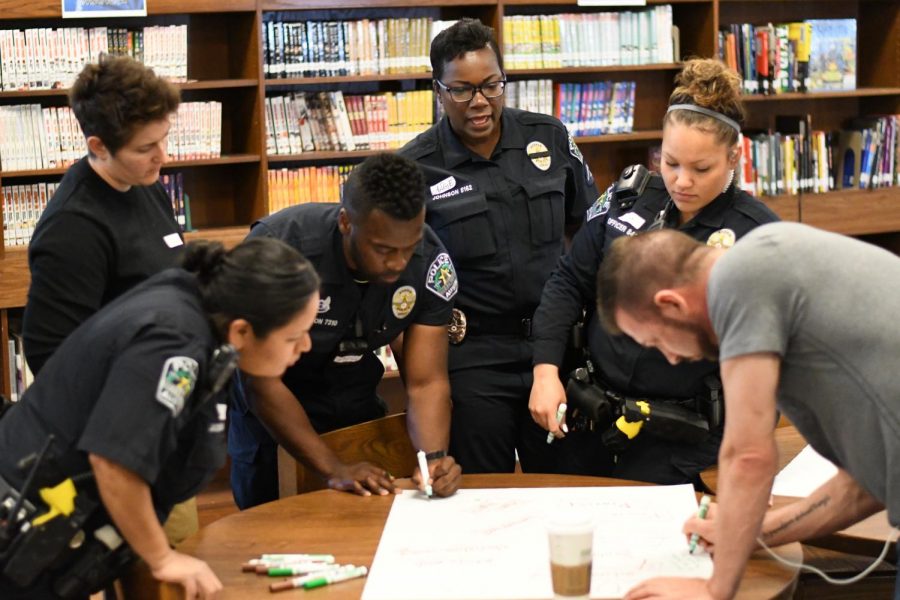
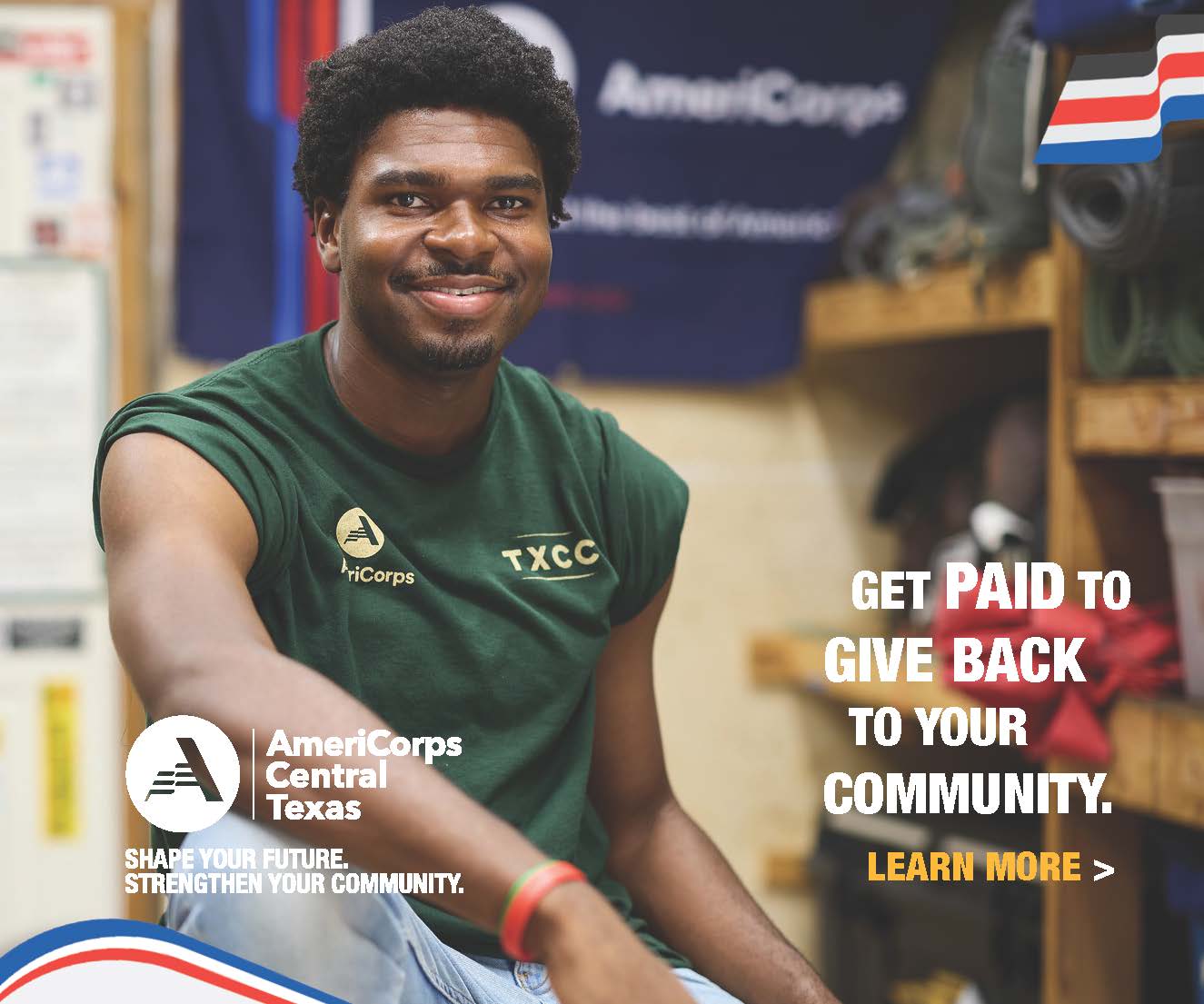
![With the AISD rank and GPA discrepancies, some students had significant changes to their stats. College and career counselor Camille Nix worked with students to appeal their college decisions if they got rejected from schools depending on their previous stats before getting updated. Students worked with Nix to update schools on their new stats in order to fully get their appropriate decisions. “Those who already were accepted [won’t be affected], but it could factor in if a student appeals their initial decision,” Principal Andy Baxa said.](https://macshieldonline.com/wp-content/uploads/2024/04/53674616658_18d367e00f_o-600x338.jpg)
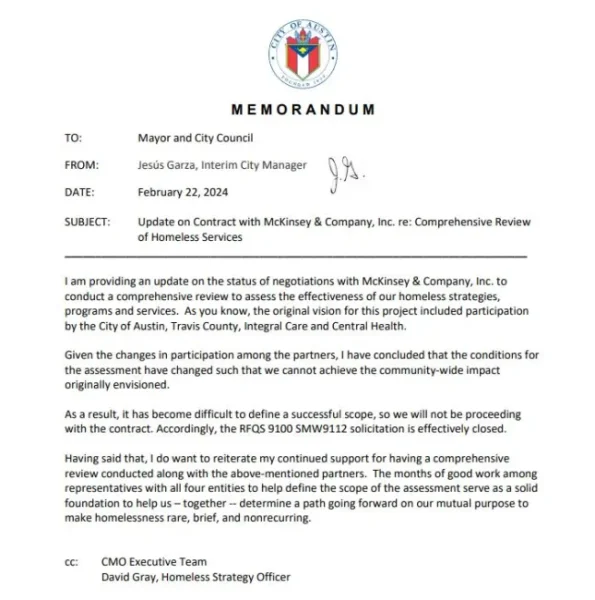
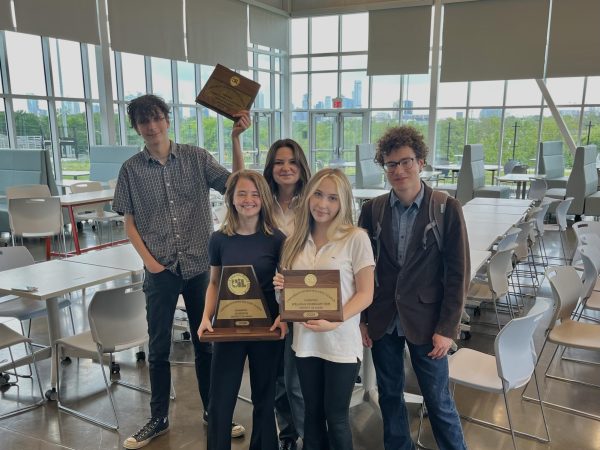
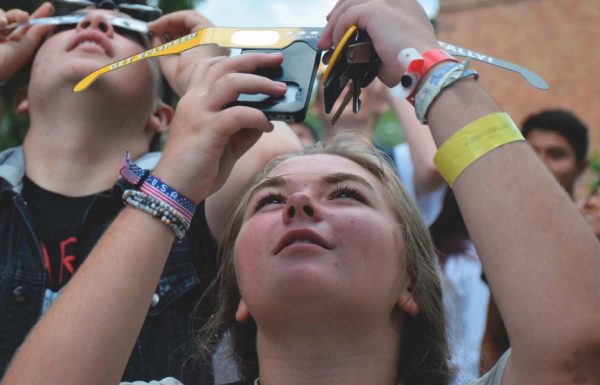

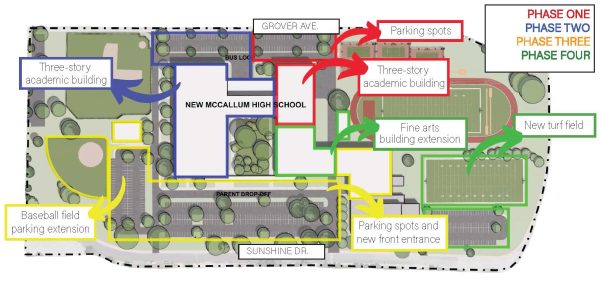
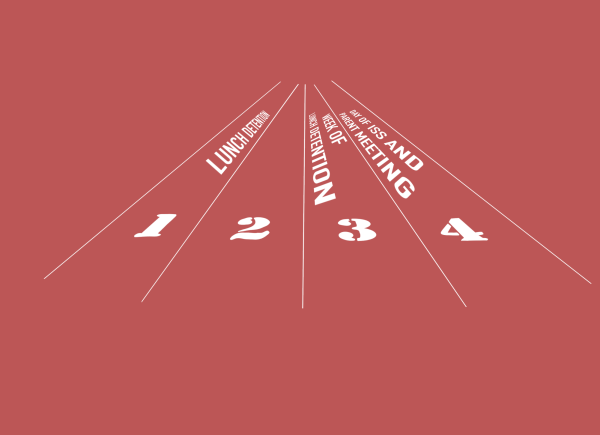
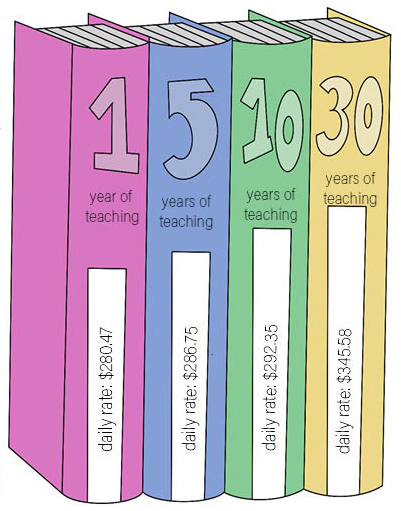
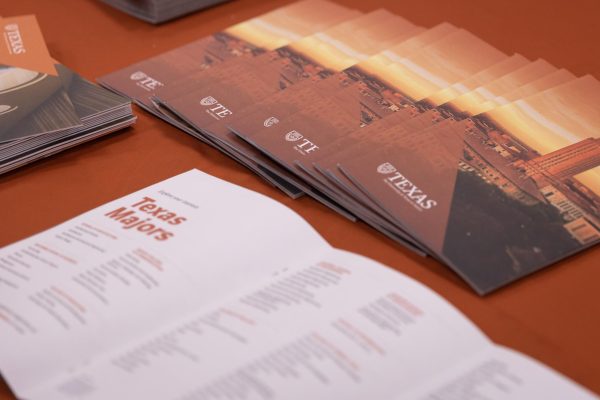
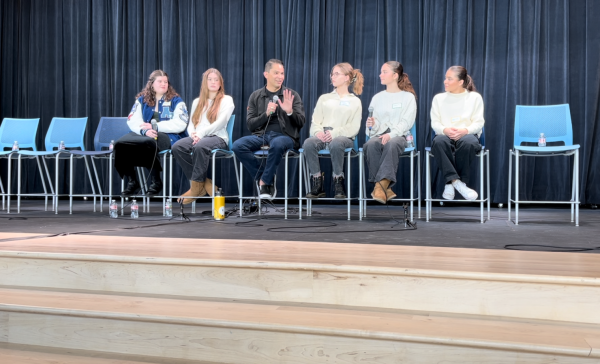

Isabella Dietz • May 3, 2019 at 10:39 am
This article was very interesting to read, and it’s about a really important topic, which makes is relevant to students at McCallum. The quotes were all very informative and it was great to have so much insight from actual people who took part in the meeting.
alba perez • May 1, 2019 at 8:09 pm
I thought this artcile was incrdibly well written and the quotes were outstanding. It was very informational and showcased extremely important points. Im very glad something like this was written about and published It was an interesting read and the pictures added a lot of detail and conversation starters.